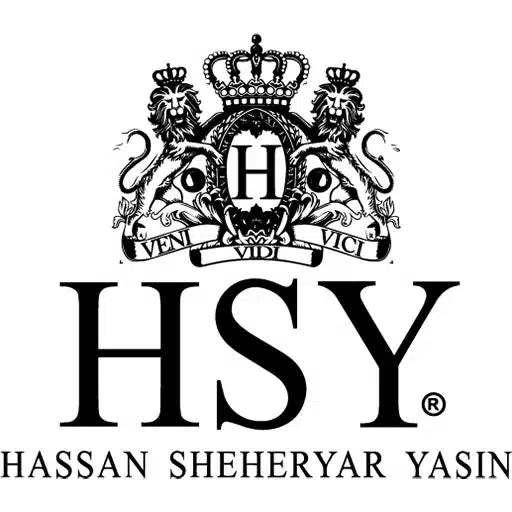
What’s the difference between a Pakistani and Indian wedding?
Share
Pakistan and India, two nations with rich cultures and traditions, are often associated with each other due to the commonality of their rituals, especially weddings. However, there are some unique practices that both enjoy that make them distinct in their own sense. Pre-dominantly, these contrasts are centered around religious differences, however, many other elements distinguish Pakistani marriages from those of Indians. Wedding attire is also a crucial aspect for both Pakistanis and Indians. Let’s dive into what distinguishing features mark these differences.
Religious difference between Pakistani & Indian weddings
While Pakistani wedding ceremonies are largely rooted in Islamic traditions, Indian marriages follow their own rituals that are either Hindu or Sikh. A Pakistani wedding ceremony is incomplete without the Islamic Nikkah, a contract that is legal and binding for the bride and groom to enter their new relationship officially. The bride and groom recite verses from the Holy Quran before the Nikkah. Indian weddings often hold the pheras event, around a sacred fire. Bride and groom complement each other in the colors of the lehenga and sherwani, respectively.
Pakistani vs Indian wedding attire
Indian brides often choose bright, vibrant colors such as red, orange or pink in their bridal outfits, while a Pakistani dulhan goes for a relatively lighter shade like white, silver or pastel colors. The sari is a more common dress that Indians wear, while the lehenga choli, sharara and gharara remain common to both countries. In the mehndi ceremony, Indians prioritize bright shades such as red, orange, and yellow, while Pakistanis go for greens, orange, and yellow.
Pre wedding rituals in Pakistan & India
Where a lot of similarities exist in the ceremonies held in both countries, there are slight differences within each. In the “Haldi” ritual in India, where a haldi paste is applied on the faces of both the bride and the groom, in Pakistan, there is the “Ubtan” ceremony, in which there are slight differences in the making of the paste. The event is a symbol of purity and good wishes for the life ahead. The engagement ceremony is called “Mangni” in Pakistan, along with Baat pakki, while “Lagna Patrika” in India. In Pakistan, rings are exchanged, while a formal written agreement is made in India. A “pandit” notes down the agreement details, such as the date of marriage.
Colorful events comparison in Pakistan & India
While some ceremonies are common to both, individually different events exist in India and Pakistan. Hindu customs hold an unprecedented place in Indian weddings. The Mehndi ceremony sets the stage for all celebrations and dancing. In India, the Sangeet ceremony calls for both families to come together and enjoy singing and dancing. The number of events is more numerous in India than in Pakistan, where the Tilak, Roka, Mayra, and many other ceremonies are held. In Pakistan, there are three major events, the mehndi, baraat and walima, among others like sehra bandi and chauthi, which are the choices of the families if they want to hold them.
The Baraat procession in India & Pakistan
Both India and Pakistan carry out the baraat ceremony, where the groom goes to the bride's house. Indian grooms enter in decorated horses or elephants, while Pakistani grooms enter in decorated cars, and the family in a decorated bus, to celebrate the occasion together. The baraat ends with the departure of the bride to her new home with the groom. Pakistani culture names this “Rukhsati”, while the Indian term for this is “Bidaai”. Indians also call the baraat ceremony “vara yatra”.
Embracing the diversity of Pakistani & Indian weddings
The shared cultures of both countries signify their slight differences through honour and pride. Both Pakistanis and Indians celebrate their traditional practices, pleasingly and cheerfully.
 +923-111-555-HSY
+923-111-555-HSY




